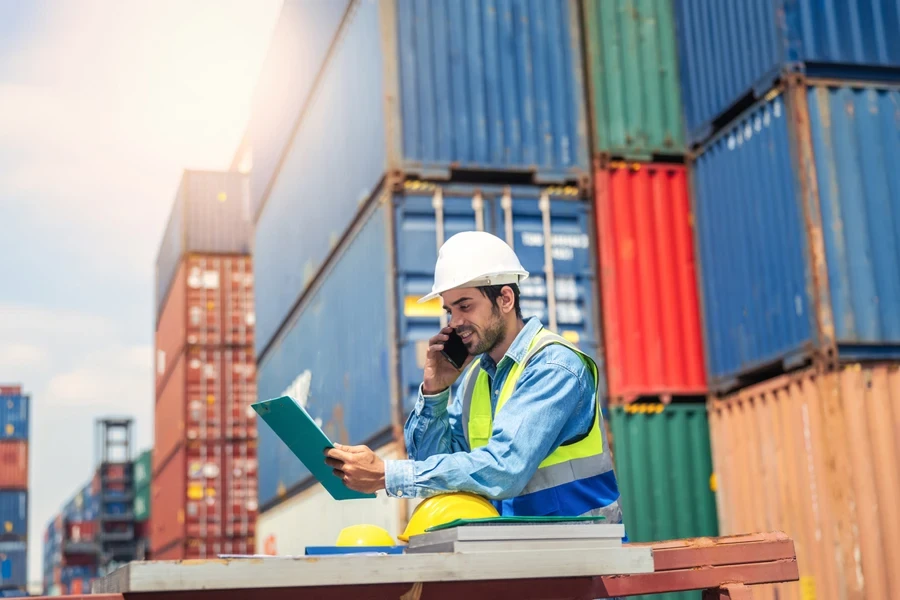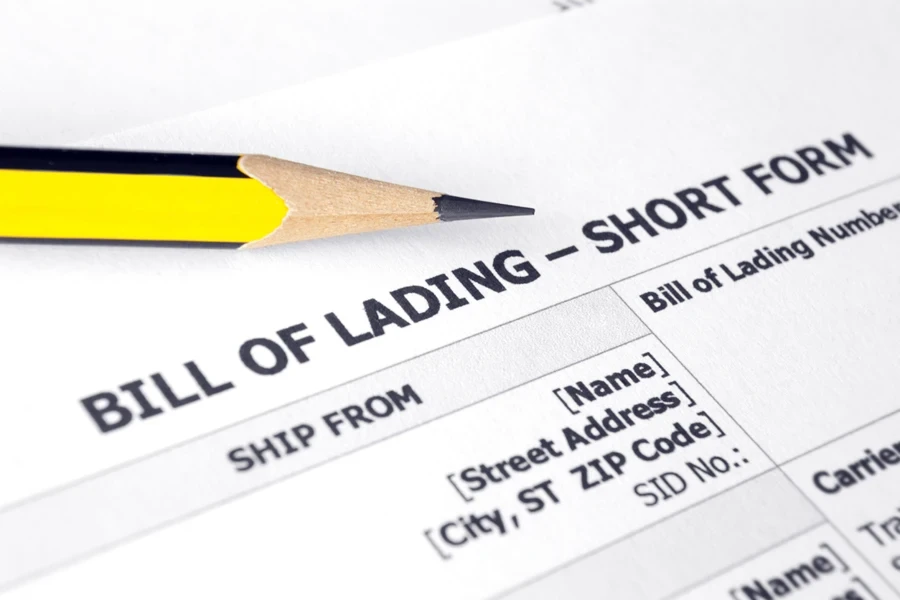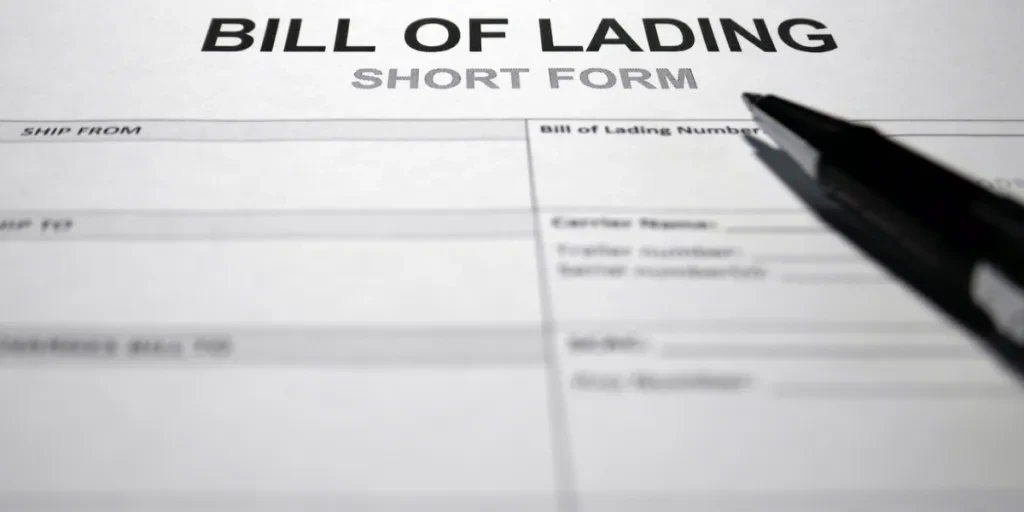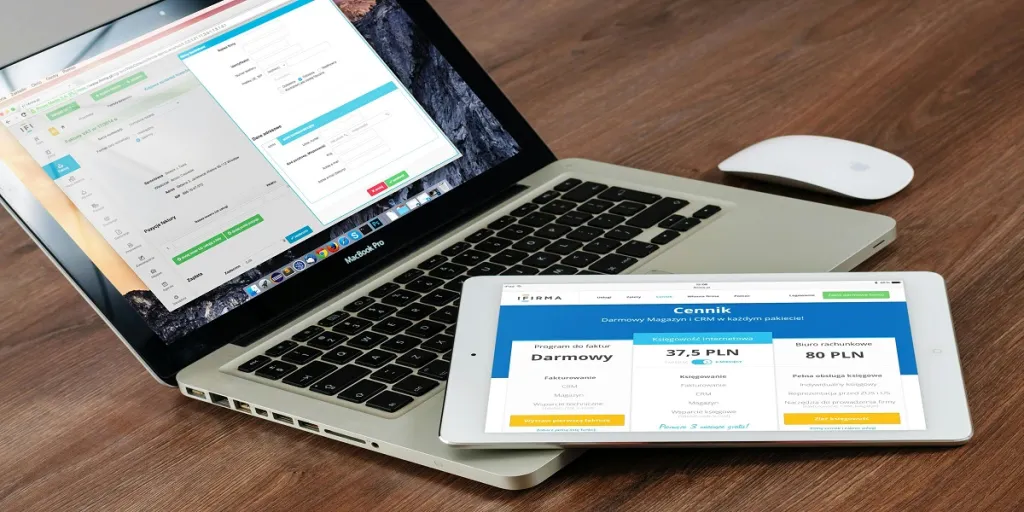Businesses looking to enter the import and export market will need to first understand what a bill of lading is, allowing them to send or receive goods internationally.
In this article, we’ll break down everything businesses need to know about these documents before arranging a shipment.
Table of Contents
What is a bill of lading?
Who issues a bill of lading
Types of bills of lading
1. Straight bill of lading
2. Order bill of lading
3. Charter party bill of lading
4. Switch party bill of lading
5. Air waybill
Bills of lading and carrier responsibility
What is detailed in a bill of lading
How bills of lading and invoices are different
Is a bill of lading different from a bill of exchange?
What is specified in a bill of exchange
Why businesses need bills of lading
1. Insurance guarantee
2. Proof of contract
3. Protects against shipping delays
4. Ensures sellers get paid
In conclusion
What is a bill of lading?

Shipped goods don’t just travel alone – documents move with them, and the bill of lading is one of the key documents to do so. A bill of lading, sometimes shortened to B/L or BOL, shows the agreement between the shipper and the carrier and serves as a guide for what each are responsible for during shipment. It also lists important details about the cargo and transfers ownership to the person or organization named in it, such as the carrier’s (the operator of a truck, train, plane, or ship, etc.) signature to confirm they are now in control of the goods. This runs all the way down to the “consignee,” whose signature confirms the goods arrived safely and serves as “proof of delivery.”
Who issues a bill of lading
The carrier or their authorized agent (like the NVOCC) is responsible for issuing the bill of lading to the shipper. Once the shipper receives this document, it confirms that their goods have been loaded safely and are ready for transport.
Types of bills of lading

1. Straight bill of lading
This type is used by businesses when they have already paid for their shipment. This bill of lading shows that the carrier is responsible for the goods until they reach the buyer or recipient.
2. Order bill of lading
This B/L works for goods that shippers send before buyers make a payment. They usually come with a “to order of” phrase, followed by the receiver’s name. Beyond that, sellers can also use this bill as a stand-in for payment or a guarantee to pay. They’re also quite popular for transactions involving letters of credit and open accounts.
3. Charter party bill of lading
In the case where a shipper (or group of shippers) rents a whole vessel to transport their cargo, they’ll need a charter party bill of lading to verify the process.
4. Switch party bill of lading
Carriers mark this bill of lading as a duplicate; hence, they’ll only need it when the recipient asks the transporter to issue a new bill of lading, especially if they do not want to share carrier details with the new buyer.
5. Air waybill
Unlike other types of B/L, air waybills are non-negotiable, only work for air freight shipments, and don’t serve as a title to the goods in transit.
Types of bills of lading and carrier responsibility
| Bill of lading type | Description |
| Ocean bill of lading | Shows that the carrier can ship cargo internationally or domestically, with responsibility starting from the port of origin and ending at the document’s port of discharge |
| Inland bill of lading | Details the carrier moving the goods domestically (by road or rail) |
| Direct bill of lading | Used by carriers who will take the cargo to its final destination |
| Combined transport bill of lading | Used by carriers who partner with another freight forwarder to handle one mode of transport while they handle the other |
| Through bill of lading | Similar to the combined transport, except there is no change of shipping mode |
| Transshipment bill of lading | If a carrier doesn’t have direct service between two ports, they’ll pay for another port and use this bill |
What is detailed in a bill of lading

Here’s what typically shows up in a bill of lading:
- Purchase order and/or account number
- The shipper’s name and address
- Number of units in transit
- The declared value of the goods in transit
- A notation for products that are hazardous materials, according to the Department of Transportation. These goods often have special requirements.
- The exact shipment weight
- Shipment date
- Recipient’s name and address
- A description of what the shipper is transporting
- The shipment’s packaging (crates, cartons, pallets, etc.)
- The national motor freight classification (or NMFC) for items in transit
Pickup or delivery specifications
How bills of lading and invoices are different

A bill of lading provides only the necessary details about a shipment, including the cargo type, value, delivery instructions, and recipient information. Invoices, meanwhile, have more legal power as they record a transaction between a business and its customer.
Invoices always list the buyer’s purchases and the agreed-upon prices, serving as confirmation and record of the sale.
How a bill of lading is different from a bill of exchange

Bills of exchange are quite different from bills of lading in that, instead of providing all of the details related to the shipment, sellers create a bill of exchange to legally bind the buyer to pay the agreed transport fee during a specific time in the process. Usually, this is when buyers receive the goods, but some bills can specify a day after receipt.
Additionally, bills of exchange are like checks. Holders can draw them from banks (known as a “bank draft”) and transfer them to others by endorsing them. (If an individual uses the document, it’s called a “trade draft”)
What’s in a bill of exchange?
- Shipment details
- Invoice amount for payment
- Payment date
- Bank details
Why businesses need bills of lading
Here are four reasons why bills of lading are necessary:
1. Insurance guarantee
A bill of lading helps keep track of what’s in a shipment. It gives all the details, including what the carrier is transporting, the destination, who’s making the payment, and the delivery method. When the carrier picks up the goods and signs at the bottom of the bill, it confirms that everything on the list is in that shipment. So if something goes wrong or gets damaged, the signature is enough proof for insurance purposes.
2. Proof of contract
Since the bill of lading lays out all the details about how the goods will reach their destination, it clarifies who is responsible for each step of the process should something go wrong.
3. Protects against shipping delays
If the shipper fills out the bill of lading properly, it should help to ensure a smooth shipping process without confusion or delays. However, errors in the form can hold up shipments or even delay payment for the goods.
4. Ensures sellers get paid
Over 10,000 shipping containers go AWOL during transit each year, but if a sender completes their bill of lading properly, they can claim compensation if such losses occur.
In conclusion
The bill of lading is integral for each party and step involved in the shipping process. It includes key details about the shipment and proves the agreement between the shipper and the carrier. More importantly, the buyer must ensure the goods are as specified and nothing is missing before taking official cargo ownership. As a business, you must remember that there is very little room for error when completing a bill of lading, so it is essential to research how to complete them correctly.




